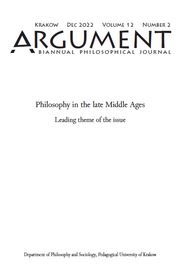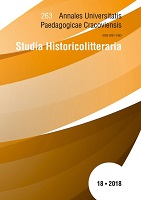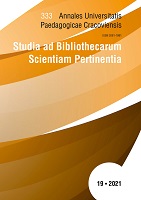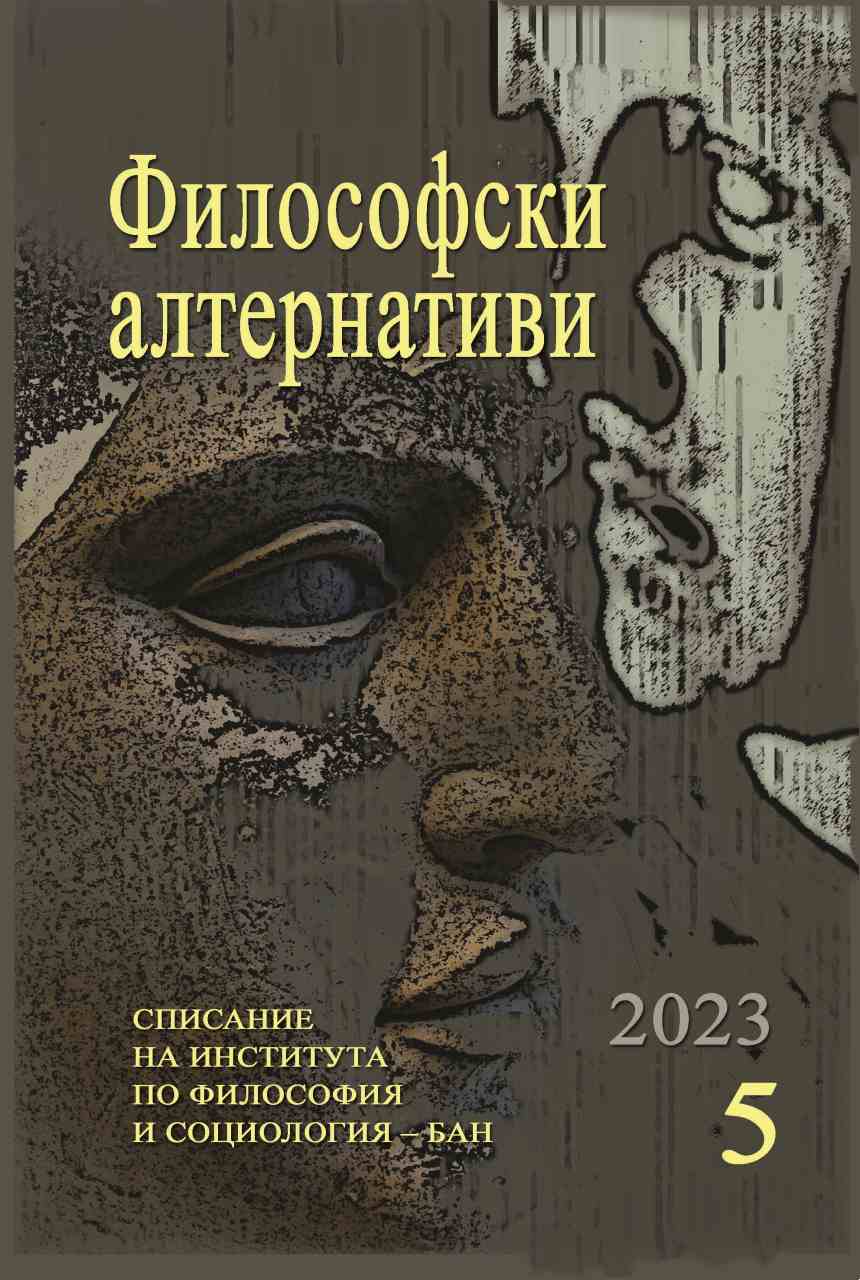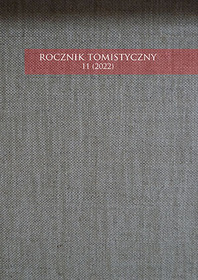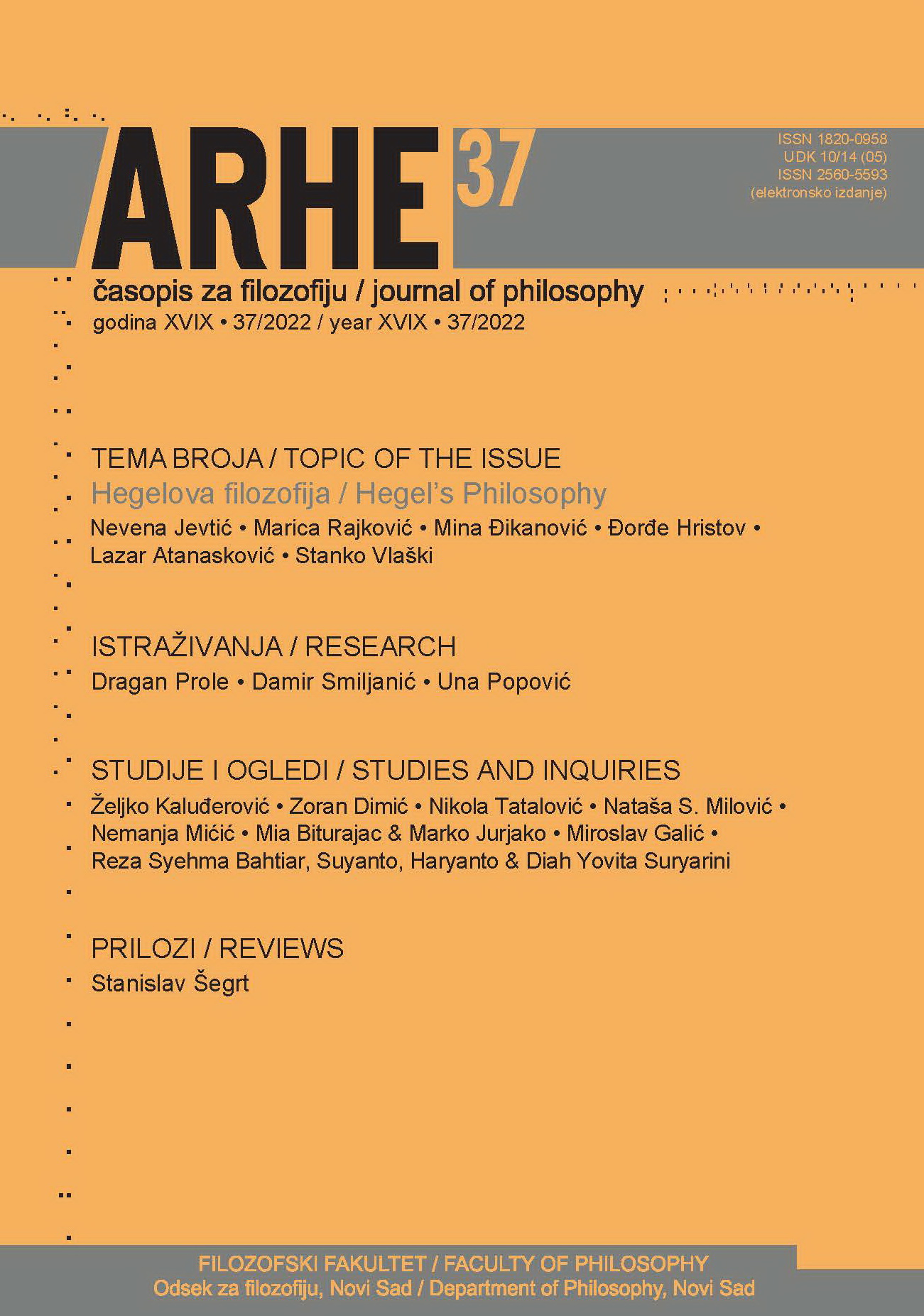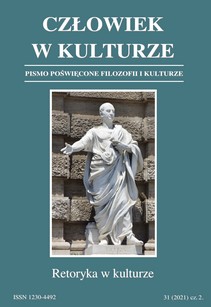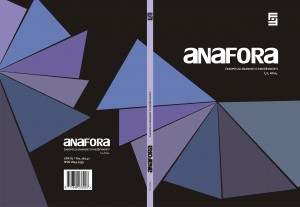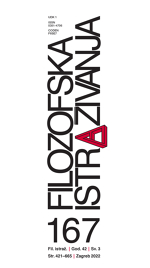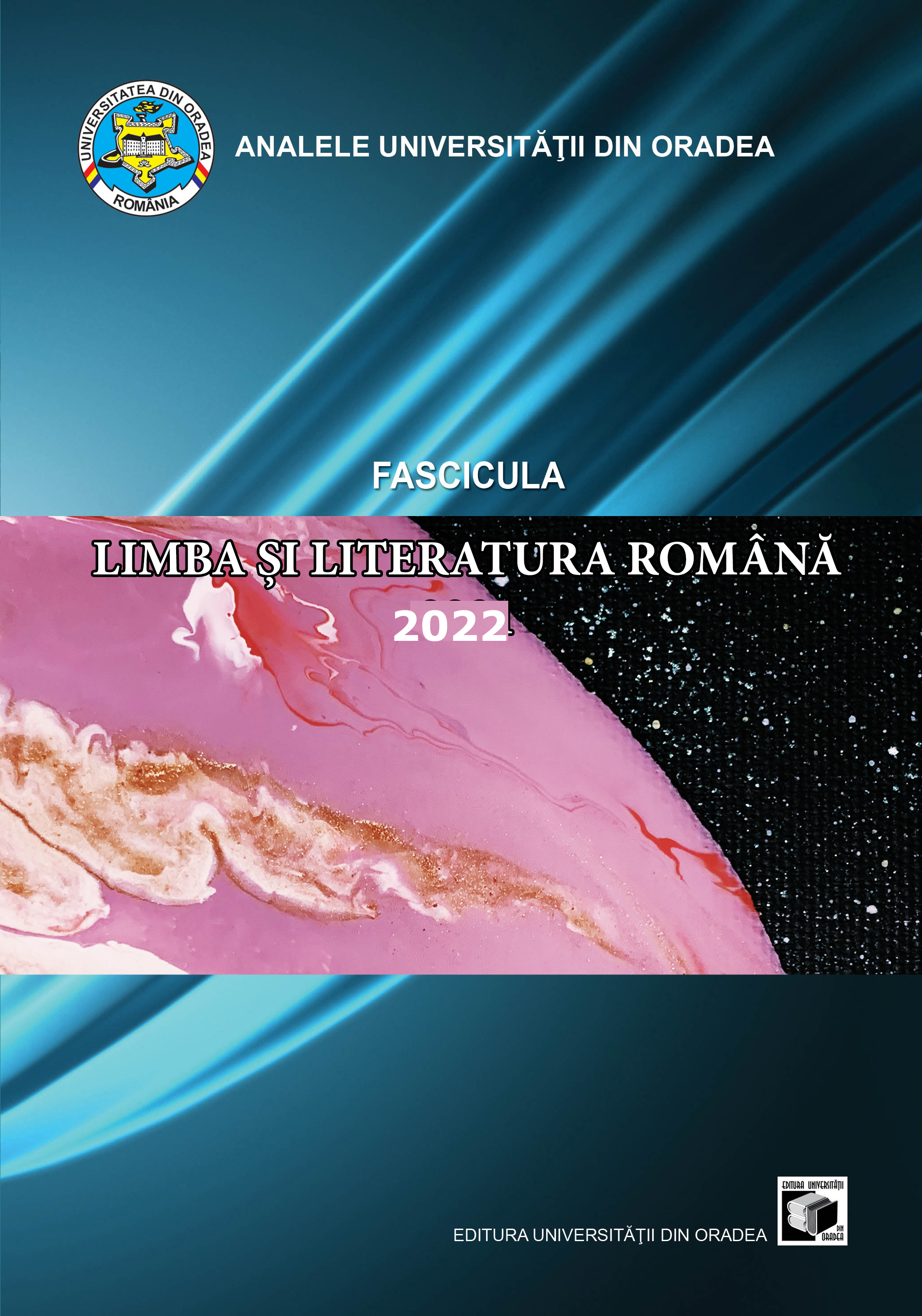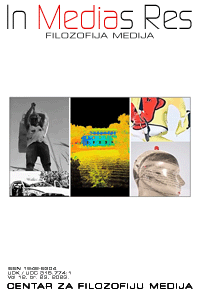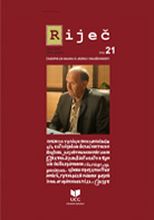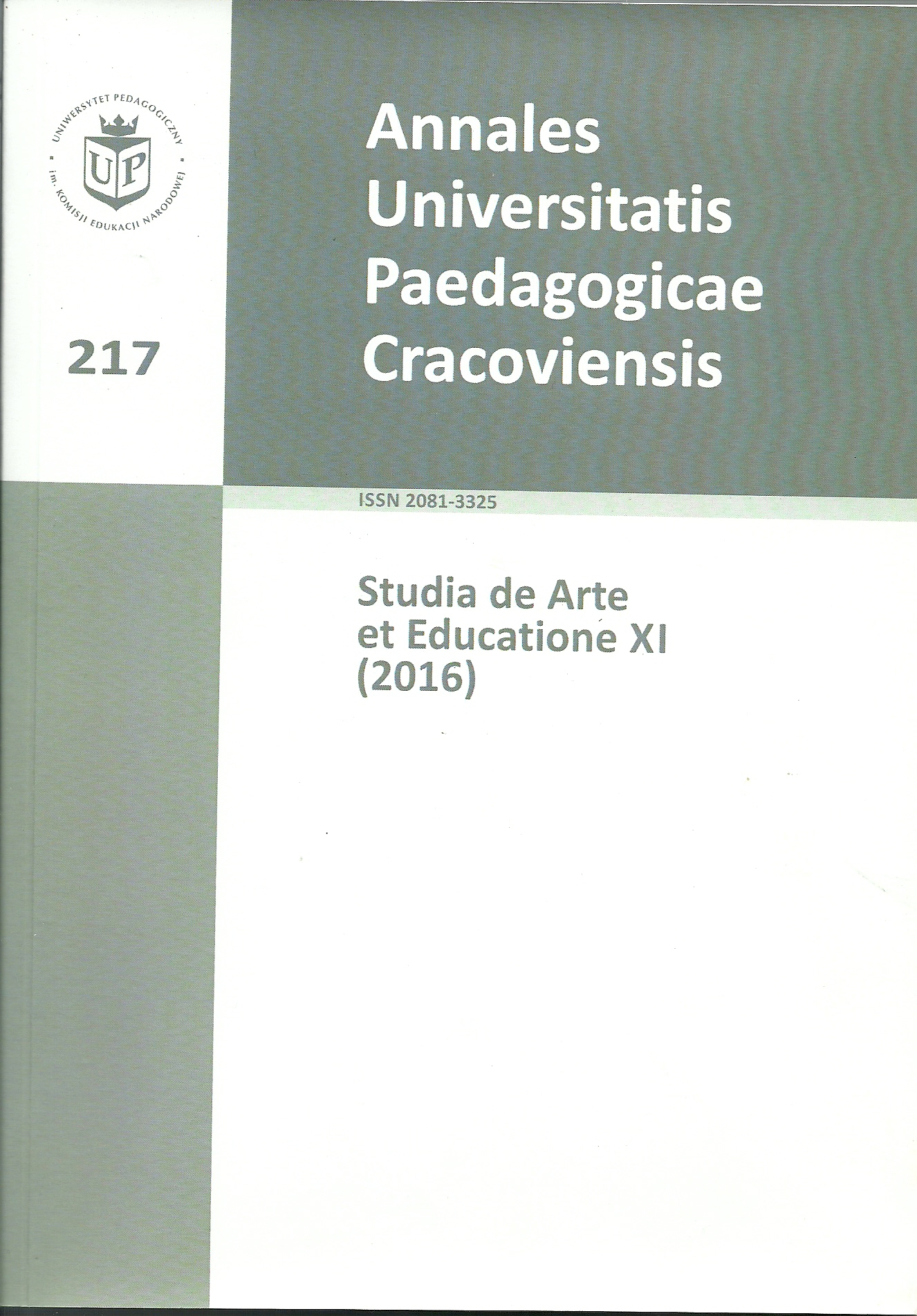
Hermeneutyka spojrzenia we współczesnej sztuce wizualnej. Idea widzeniai poetyckie „wypatrywanie”
The article at the beginning recalls the various reflections on looking, seeing, vision and im - age discussed within the so-called visual turn. Next we conduct analyzes and interpretations of works of David Hockney, Marina Abramovic and Robert Cahen, which deal with different aspects of looking, seeing, vision, and perception of another. The presence of poetic opera - tions in works, discovered in hermeneutical interpretation, is indicated. Such an interpre - tation allows to reveal the intuitions and traces of metaphysical ideas in works of art and through works of art, to which the research discourses dominating within the so-called visual turn did not sufficiently served. In conclusion, I propose to use the term “to actively seek” for the intuition of metaphysics, based on the analogy with the Hans-Georg Gadamer concept.
More...
